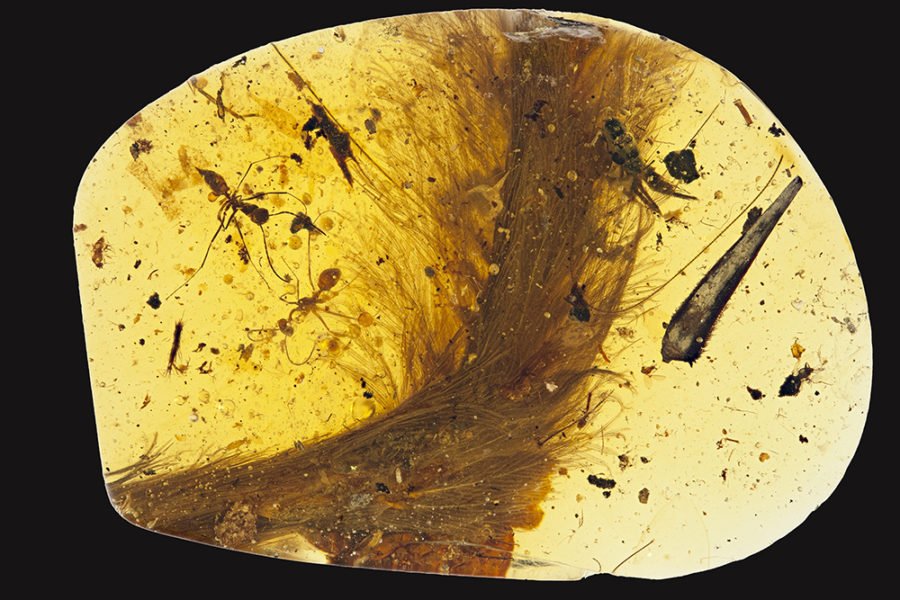Dawn of the dingo

John Pickrell
John Pickrell

WHAT WE DO KNOW is this: the earliest evidence of the dingo in Australia comes from Aboriginal rock art created in WA’s Pilbara region 3500 years ago. The dingo is not a native, in that it did not first evolve here in Australia, but – much like people – it has been here for thousands of years.
Most theories have assumed the dingo is a kind of dog, which was domesticated from wolves in China and brought to Australia’s northern shores by seafarers between 3500 and 5000 years ago.
In fact, some theories have held that dogs in different parts of the world – the Middle East, Asia, Europe – were domesticated by early farmers from different types of grey wolf resident in each region; fragments of wolf DNA scattered across domestic dog genomes seemed to confirm this.
But the biggest genetic study yet to look into the origins of dogs, now suggests our theories were wrong all along. I find it fascinating when new research such as this turns up something completely unexpected.
Scientists led by John Novembre, an associate professor at the University of Chicago in the USA, took the full genome of the dingo and compared it with that of the basenji (an ancient breed of dog originating in central Africa), the domestic boxer from Europe and the genomes of grey wolves from China, Croatia and Israel.
No other study has compared the entire genetic sequences of dogs and wolves in this way and the results were unexpected. They revealed that all the wolves were more closely related to one another than to the dogs and, similarly, that the dingo, basenji and boxer were more closely related to one another than any were to the wolves.
The inference is that dogs evolved earlier than we thought, perhaps in a single location, and from a relative of grey wolves that is now extinct. Bits of dog genes that seemed to show links to wolves in different parts of the world are probably due to more recent crossbreeding between dogs and wolves.
Another interesting finding was that dogs were most likely domesticated much earlier than experts had thought, in nomadic hunter-gatherer societies rather than in settled agrarian ones. Most domestic dogs have genes that allow them to digest starch, found in farmed grains, but the dingo is much less likely to have these genes and may have branched off from its dog relatives before they settled in to farming life.
Perhaps, then, the dingo is today’s living dog that most closely resembles the first dogs that evolved from a long-gone wolf-like ancestor, somewhere between 10,000 and 34,000 years ago.
We know from archaeological evidence in Siberia, Europe, the Middle East and elsewhere that dogs were regularly living alongside people 10,000 years ago. There’s also the remains of a dog buried with humans from a 14,000-year-old German grave site, and even some anecdotal evidence of domestication in the form of 33,000-year-old fossils with dog-like canines.
Despite these many clues, getting a precise handle on the exact date, location – and reason – for the earliest domestications may forever be beyond our reach.
What we can be sure about, is that it’s a topic that fascinates people, perhaps because dogs – both as working animals and as companions – are such an integral part of our lives. I’m hopeful that one day better archaeological remains of some of the earliest dingoes to arrive in Australia might tell us exactly how they got here and who brought them.
There’s an unintended consequence to this rewritten history of the domestication of dogs, assuming it becomes widely accepted. This is that Latin names we use for them may have to change. Dingoes (Canis lupus dingo) and dogs (Canis lupus familiaris) are currently accepted as separate subspecies of grey wolves (Canis lupus).
However, if they evolved instead from another wolf-like ancestor, there’s a good argument that they are not subspecies at all (see Dingo declared a separate species). Perhaps it’s time that domestic dogs and dingoes became species in their own right.
John Pickrell is the author of Flying Dinosaurs: How fearsome reptiles became birds, available June 2014. Follow him on Twitter @john_pickrell.




